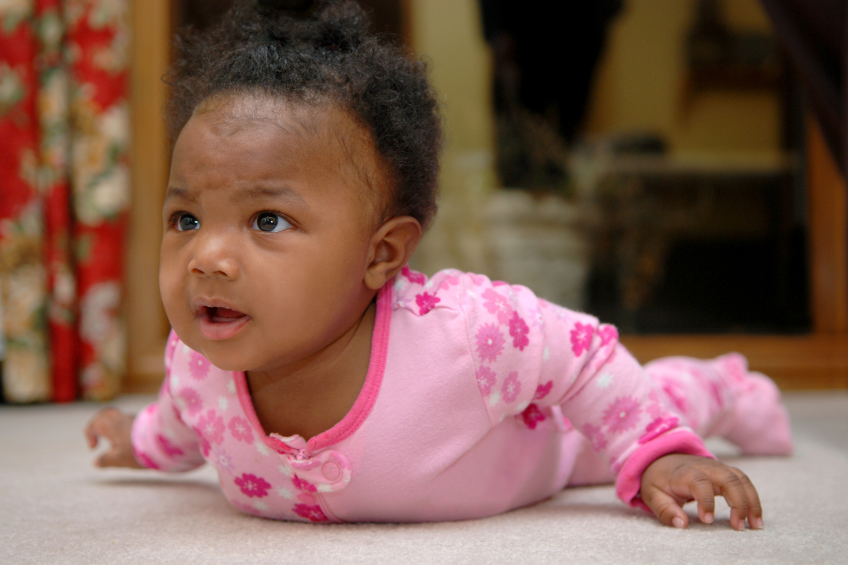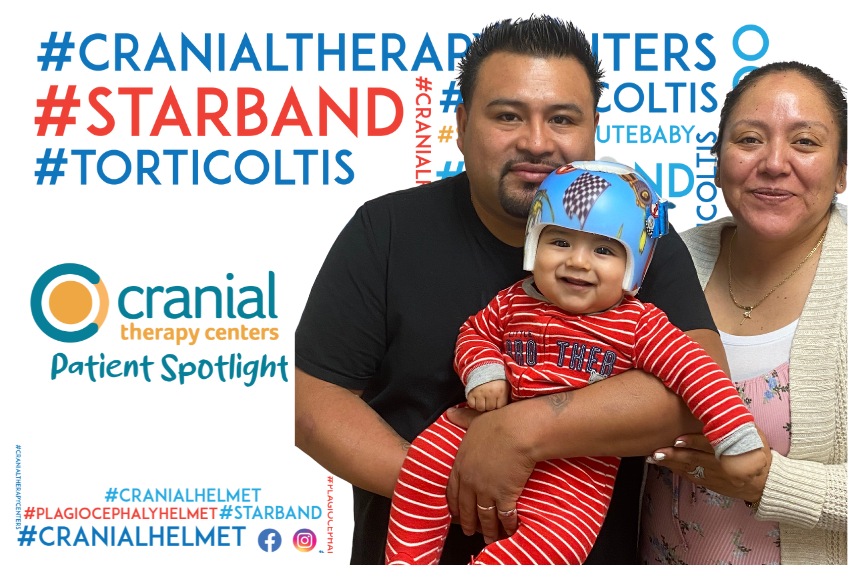Cranial Therapy In The Summer
/
The summer is here, time for fun and relaxation, and for easing the pace of our children’s lives whether they are in sleep away camp, day camp or no camp at all. You might be lucky that you have no bus to catch for your kids and your work schedule has eased up somewhat to enjoy the warm weather, the beach and swimming. Families with children of various ages and stages find that there are certain activities such as swimming and visiting parks that are age inclusive and these interests are favorable to everyone from infants to adults.

However, summer is not slow down time for all parents. Moms and Dads of new infant babies are still up at night and trying to regain their strength. When the sun comes up early, the younger kids are ready to go outside no matter how high the temperature climbs. Yet, there are some specific parents who are struggling with their infants because they are showing signs of plagiocephaly and cannot simply enjoy a laid-back summer.
As a baby develops parents or physicians will notice that the head is misshapen or flat. Parents are advised to have their baby evaluated as early as possible, certainly by three months to see if he or she will require physical therapy and or cranial helmet therapy. Both of these interventions require serious regimentation by the parents to ensure complete success.
The ideal starting age for helmet therapy is 4 to 6 months, and the early detection of infants’ plagiocephaly is vital. Delaying the onset of treatment significantly impairs the outcome. When warranted it is critical to combine helmet therapy with physical therapy and not wait to see if physical therapy alone will be effective. By that time, it will be too late for total success of alleviating the infant’s flat head.
After the baby is evaluated through specific screenings, measuring of the circumference of the head and a special tool called, “the star scanner”, they will be told if the baby needs a cranial therapy helmet, physical therapy or perhaps just some home remedies which can be done by the parents.
1) Cranial Helmet Therapy: Upon diagnosis, the baby will be measured and fitted with their own helmet made especially for them. It’s generally more the parents who must get used to this new contraption on their baby’s head which must be worn on the average for 23 hours a day. The baby usually gets accustomed to the helmet within a few days barring any adjustments that need to be made such as a rash or some other irritation indicating that the helmet is aggravating the skin.
2) Cranial Physical Therapy: If caught early enough the baby’s plagiocephaly will be treatable with professional physical therapy alone. The parents will bring their baby to the cranial therapy center where a cranial therapist will treat the plagiocephaly delicately giving no reason for any pain or crying. Then the parents will be given specific instructions to practice the therapy at home in addition to the regular therapy sessions at the center. After a specified amount of time, the baby will get evaluated to see if the problem is solved or if he or she will require helmet therapy.
3) Home Cranial Exercises: A baby whose scanner score is below a certain level will not need a helmet nor professional therapy; rather the parents will be directed to practice the standard instructions to assure that a flat head will be avoided. Some of these instructions are tummy time, holding the baby, alternating feeding positions from left to right whether bottle or breast feeding the infant.

The summertime is conducive for professional physical therapy and home exercises. For example, parents who are teachers or siblings who are off from school will have extra time to spend with the baby and help achieve the desired goals. The fast pace of the school year may leave little time to practice the home exercises as they require sitting with the baby to see that the right moves are accomplished. Each professional will give an explicit time frame of how long the baby will have to stay on their stomach each day. It will make it easier and more pleasant for the baby if a parent or sibling sits or lays on the floor while the baby is on its tummy. Talking to the baby, giving it toys to play with and just being there will lessen the chances that the baby will get fidgety and start crying before the allotted tummy time is accomplished. When the baby sees a person moving around it will try to lift its head and follow the person and see what he or she is doing. But, if you simply place the baby in the middle of the room on a blanket and leave it, chances are it will get bored and let you know about it.
The same holds true for feeding the baby the bottle. Of course, if the baby is being breast fed the mother has to hold it while it sucks but a busy bottle-feeding mom can strategically prop the bottle upwards and leave the baby to fend for itself. This is harmful for two reasons, first the baby will be lying on its back, and this will be detrimental for the prevention of additional flat headedness. Secondly, the baby is missing out in physical bonding with the parent as well as the danger of choking on the formula.

Additionally, parents who are instructed by a physical therapist with distinct exercises can teach their older children who are home for the summer how to successfully practice with their baby brother or sister. All in all, the chances are favorable for a productive summer with both home remedial therapy and professional therapy for mild plagiocephaly.
Cranial helmet therapy is more challenging in the summer for several reasons.
1) Heat: The high temperatures cause the baby to sweat even in the most well-fitted helmet. This sweating can cause itching and odor from the helmet which may have to be washed more often than during the year. The cranial therapy center will give you practices easing the burden of the helmet so that your baby will stay comfortable. The best place to keep the baby would be in air-conditioned settings and avoiding the outdoors on a very hot day.
2) The swimming pool and the beach: These are both so inviting for everyone on a sweltering summer afternoon. Some parents would not take their infant near the beach or into a pool and others don’t want their baby to miss out on the fun of the water. This is where the challenge comes up of when to remove the helmet. According to the helmet wearing rules the helmet is worn all the time except for one hour each day. It is wise to keep within these parameters even though summer water activities negate the helmet. Early intervention is crucial for the success of the helmet and taking it off for additional hours will not only lengthen the wearing period but could decrease the success of the reshaping of the head since the older the baby gets the stronger the bones and the more difficult it is to correct the plagiocephaly.
(Generally, the rule, “Wear Your Helmet” connotes the strict adherence to bicycle helmets and infant bicycle helmets are for sale for those “brave” parents who attach safety infant carriers to their bikes. Bicycle helmets must be worn when riding or when being a passenger, but cranial therapy helmets must be worn day and night even as the baby sleeps.)
Final Words
If your baby is in the middle of helmet therapy in the summer, it is tempting to remove it for extended periods of time because of sweating or for various summer activities especially water pursuits. This is where the maturity and long-term outlook of a parent is so crucial for the success of the cranial helmet therapy. Most cranial helmets are not worn for more than three months and if the therapy begins before the summer, then that is when the wearing of the helmet is most important. Thinking that you can just put off the therapy for several months could become a huge mistake since the baby’s head bones are flexible when they are born but each month brings the bones closer to maturity and rigidity. By postponing helmet therapy for a few months can make the difference between success and failure.

Cranial physical therapy can be accomplished over a summer period with the help of other family members who are off from school or work. Interacting with the baby during tummy and feeding time, siblings and parents will stimulate and bond with the infant causing he or she to become aware when someone else is near them during these times. Instead of tummy time being the hardest time it can become a fun time for the baby and its family to interact together talking, singing, and smiling. These actions will decrease the chances that your baby will need a cranial helmet.

Cranial Therapy Centers is the only early interventions cranial center in the United States which provides both helmet and manual therapy treatment. We are American Board for Certification in Orthotics, Prosthetics and Pedorthics Facility. Visit us in Lakewood NJ, at 1352 River Ave Unit 14, Lakewood NJ, 08701 or in Teaneck NJ at 1086 Teaneck Road Suite 3F, Teaneck, NJ 07666. You can also email us info@cranialtherapycenters.com
